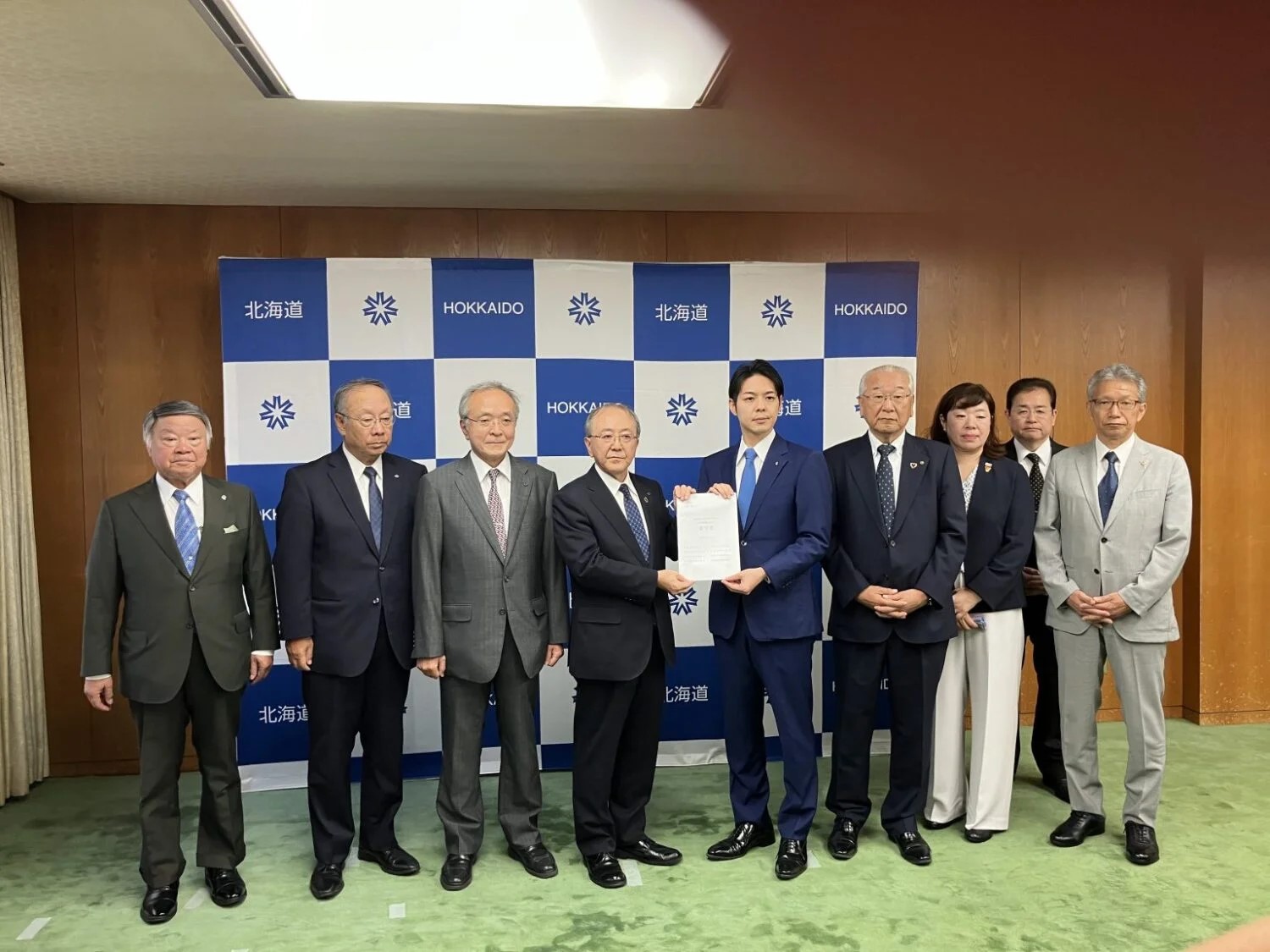Having reflected on earlier cases of inadequate physical protection of nuclear materials at the site, TEPCO has incorporated the lessons it learned into the seven-item basic position―its position as a nuclear operator―in its operational safety activities.
In December 2017, the NRA granted TEPCO permission to amend the reactor installations of Kashiwazaki Kariwa-6 and -7 as part of compatibility examinations under the new regulatory standards.
At that time, it also concluded that in terms of competence as a primary operator, there was no reason to determine that TEPCO lacked sufficient technical capability to install nuclear reactors and adequately operate them. That was in reference to the power company’s being the “party that caused the accident” at Fukushima Daiichi, and was stated in the NRA’s so-called “judgment on competence of 2017.”
Thereafter, beginning in 2020, a series of incidents and instances of inadequate physical protection of nuclear materials came to light at the Kashiwazaki Kariwa NPPs. In that context, the NRA indicated that it would “re-ascertain its judgment of competence of 2017.”
In June 2023, TEPCO management reported to the NRA on the progress of the company’s efforts to improve its physical protection of nuclear materials. During August and September 2023, still as part of re-ascertaining the 2017 judgment, the NRA held public meetings and conducted on-site investigations. TEPCO then filed its applications for permission to update its operational safety program.
The revised operational safety program reflects anew TEPCO’s determination to “endeavor to improve safety at NPPs voluntarily and sustainably.” Its seven-item basic position has been re-organized and recategorized as follows:
- Determination to complete decommissioning
- Investment of necessary business resources
- Responsibility at the top
- Operation of power plants with safety as the top priority
- Reduction of risks
- Sharing information with the locality
- Voluntary improvement
Regarding responsibility at the top―that the president is responsible―it is clearly stated that monitoring would be conducted of awareness and acts by TEPCO’s and its partner companies’ employees, and that if signs of deterioration were found, they would be addressed promptly and properly so as to achieve continual safety improvement.
Regarding voluntary improvement, the lessons obtained from activities for improvement in association with the physical protection of nuclear materials were reflected, and a corrective action program (CAP) was used that broadly gathered and consolidated small items of awareness into larger improvements.
Meanwhile, because of the inadequate physical protection of nuclear materials at Kashiwazaki Kariwa, the NRA had, in April 2021, issued a remedial action order to TEPCO prohibiting the transfer of specified nuclear fuel materials.
That order had made it essentially impossible for the power company to operate the NPPs until the situation could be improved to the previous regulatory response classification under the Act on the Regulation of Nuclear Source Material, Nuclear Fuel Material and Reactors (the Reactor Regulation Act). Additional inspections in that regard have been ongoing by the NRA.
Two months ago, in September, Niigata Prefecture, where Kashiwazaki Kariwa is located, summarized the validation results of the accident at Fukushima Daiichi. The local governor, HANAZUMI Hideyo, indicated that Niigata Prefecture would discuss the issue of restarting the Kashiwazaki Kariwa units.












-049.jpg)
.jpg)







